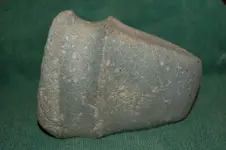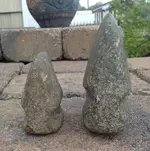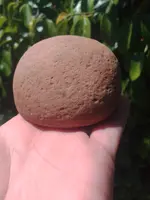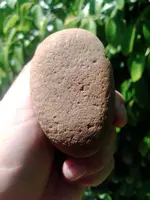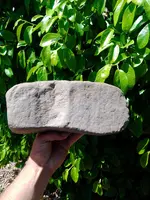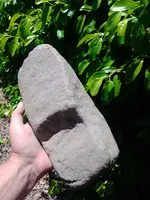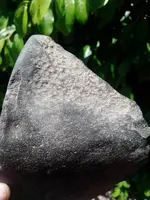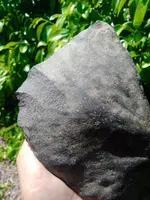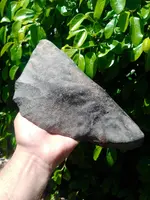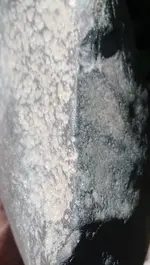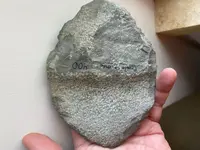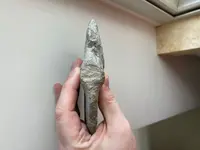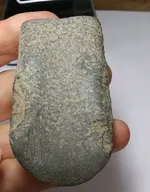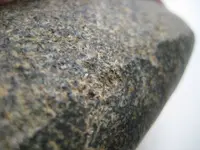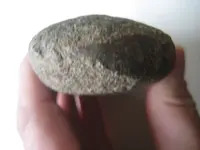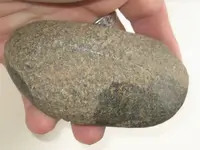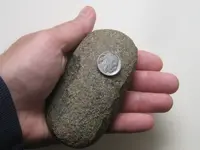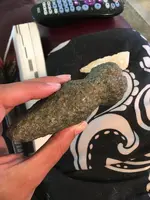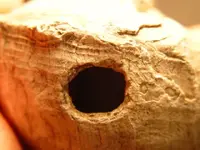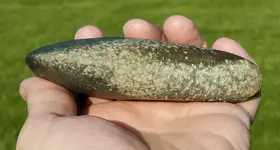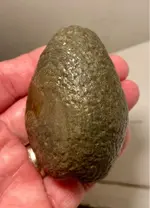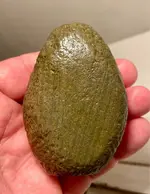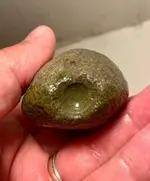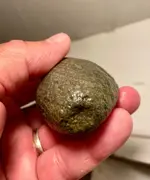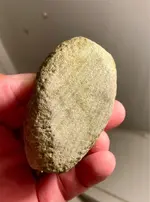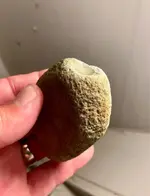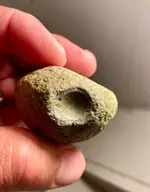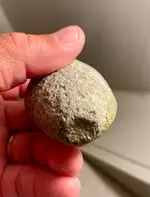dognose
Silver Member
I am posting this in case some of the others have not seen peck marks on hardstone, here is a close up image of the 3/4 groove ax I found recently showing peck marks.
In some cases polishing from use wear or finishing will remove all traces of peck marks.
But in many hardstone relics some peck marks can still be seen. Sometimes easily or when holding the relic up in light so that the shadows make the peck mark dimples better seen.
I held this ax up at an angle under my desk lamp to make the peck marks better visible. All peck marks on the relic do not have arrows pointed at them.
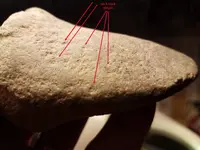
The area below the dimples on towards the bit is ground smooth, removing any signs of peck marks.
In some cases polishing from use wear or finishing will remove all traces of peck marks.
But in many hardstone relics some peck marks can still be seen. Sometimes easily or when holding the relic up in light so that the shadows make the peck mark dimples better seen.
I held this ax up at an angle under my desk lamp to make the peck marks better visible. All peck marks on the relic do not have arrows pointed at them.

The area below the dimples on towards the bit is ground smooth, removing any signs of peck marks.
Upvote
0



